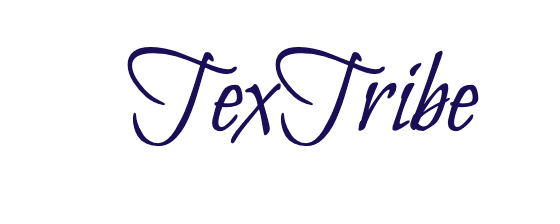The phrase “Can we talk?” often signifies the need for a serious or important conversation. It can induce anxiety or curiosity, depending on the context and the relationship between the parties involved. This article provides 30 best responses to “Can we talk?” that are considerate, reassuring, and appropriate for maintaining open and positive communication.
Contents
show
Best “Can We Talk” Replies
- “Of course, what’s on your mind?”
Shows openness and readiness to listen. - “Yes, I’m here for you. Let’s talk.”
Provides assurance and support. - “Sure, is now a good time?”
Checks for mutual convenience, respecting both parties’ current circumstances. - “Absolutely, I always have time for you.”
Expresses availability and prioritizes the relationship. - “I’m glad you reached out. What’s going on?”
Acknowledges and appreciates the effort to communicate. - “Let’s find a quiet place to talk. Lead the way.”
Suggests creating a comfortable environment for a serious conversation. - “Is everything okay? I’m here to listen.”
Shows concern and readiness to be supportive. - “Sure, should we sit down somewhere private?”
Recognizes the potential need for privacy in the forthcoming discussion. - “I’m a bit tied up now, but can we meet in an hour?”
Offers an alternative time, showing willingness to make space for the conversation. - “Yes, let’s clear the air.”
Indicates readiness to resolve any issues and promote understanding. - “Of course. It sounds important.”
Acknowledges the seriousness of the request. - “Absolutely. I’m turning off my phone so we can talk without interruptions.”
Prepares for an undisturbed conversation, showing respect and importance. - “Yes, I think we should.”
Agrees on the necessity of a discussion, implying its importance. - “Anytime, I’m all ears.”
Communicates full attention and readiness to engage. - “Yes, but first let me make sure we won’t be disturbed.”
Ensures a conducive environment for a potentially sensitive conversation. - “I appreciate you asking. What’s up?”
Values the approach and readiness to engage. - “Thank you for starting this conversation. What’s on your mind?”
Expresses gratitude for the initiative and readiness to engage. - “Let’s talk. Do you want to go first, or shall I?”
Encourages an equitable exchange in the conversation. - “I’m ready when you are. What’s been bothering you?”
Shows preparedness and concern for the other’s feelings. - “Sure, let me grab a seat. What do you want to talk about?”
Prepares for a comfortable conversation, indicating attentiveness. - “Yes, I think it’s a good idea. Let’s sort things out.”
Shows a proactive approach to addressing any issues. - “Of course, I’m always open to talking with you.”
Reaffirms a continuous willingness to communicate. - “Absolutely, I value our talks. What’s the topic today?”
Shows appreciation for past conversations and eagerness for more. - “I’m here for you. Let’s figure this out together.”
Offers support and partnership in dealing with the matter at hand. - “Yes, but if it’s okay, can we talk over coffee? It might make things easier.”
Suggests a more relaxed setting, potentially easing into a difficult conversation. - “Let’s talk about it. I’m sure we can understand each other better.”
Expresses optimism about reaching mutual understanding. - “I’m listening. What’s been on your mind lately?”
Shows focus and direct concern for the other person’s current state. - “Sure, should I be worried?”
Adds a light touch to ease any tension before the conversation. - “Yes, I respect your need to talk. What is it about?”
Shows respect for the other’s feelings and the importance of the discussion. - “I’m ready to listen. What do we need to talk about?”
Communicates readiness to handle whatever the topic may be.
Conclusion
Replying to “Can we talk?” with consideration and openness can help set a positive tone for the conversation that follows. These 30 responses provide thoughtful ways to acknowledge the importance of the discussion and ensure that both parties feel respected and heard.

